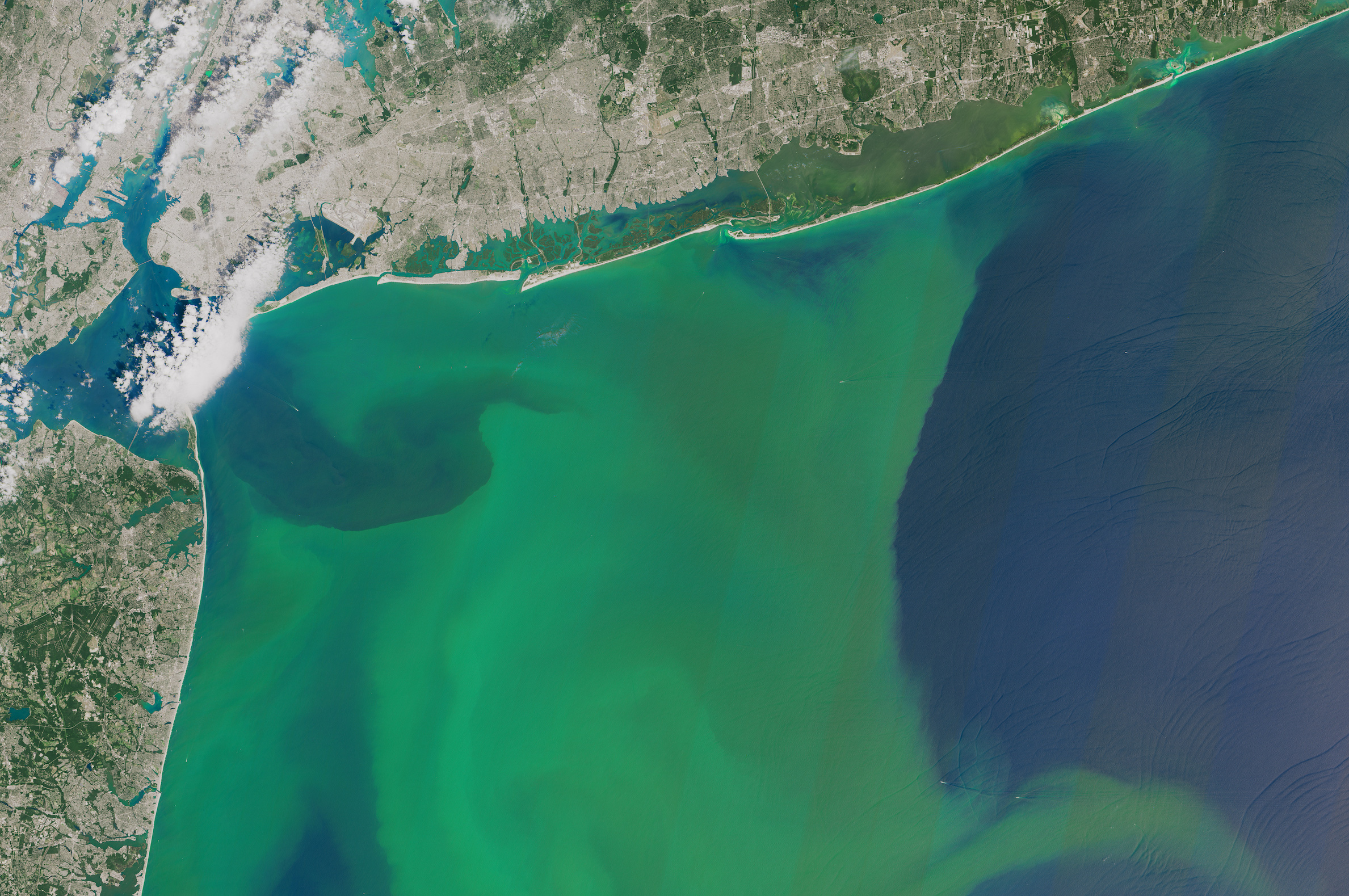
Robots are monitoring how phytoplankton blooms absorb CO2
The North Atlantic Ocean may only account for 1.5 percent of the total surface area of the world’s oceans, but it is responsible for capturing around 20 percent of the total carbon dioxide (CO2) stored in them. Phytoplankton blooms help to make this region of the ocean one of the most efficient carbon sinks in the world, and scientists now have a new way of observing this phenomenon.
Phytoplankton is a plant microorganism which transforms the inorganic carbon present in the ocean into organic carbon through photosynthesis. Phytoplankton blooms play a large role in capturing and transporting CO2 deep into the ocean.
Researchers at the Laboratoire d’Océanographie de Villefranche have now developed a way to more closely monitor this process with the invention of the first-ever robots that have the ability to capture data in the ocean year-round.
The new robots, biogeochemical profiling floats, have enabled the research team to identify the starting point for the explosive spring phytoplankton bloom in the North Atlantic.
Phytoplankton blooms are typically viewed using satellites that reveal the presence of chlorophyll by identifying the ocean color, yet this method is not useful when there is cloud cover. The algae blooms have also been traditionally observed through expensive missions that have limited time spans.
Beginning in 2012, the research team set out to better understand the conditions which promote these blooms by deploying biogeochemical profiling floats. These robots operate between the surface waters and an ocean depth of 2,000 meters.
This class of robots has made it possible – for the first time – to record a full annual cycle of conditions such as water temperature, salinity, light intensity, density of suspended particles, and the concentration of both chlorophyll and oxygen.
Using data collected from the robots, the team managed to describe precisely when and how the phytoplankton bloom in the North Atlantic Ocean is initiated. The study revealed that an explosive increase in phytoplankton biomass occurs in spring after a phase of reduced activity known as a “winter simmer.”
In an additional study, the research team demonstrated that phytoplankton blooms may occur in winter if the conditions are right. The researchers found that that during periods of winter when the waters are calm, the phytoplankton receive more light, which can trigger blooms of a type of phytoplankton called diatoms.
The results of the groundbreaking studies appear in Nature Geoscience and Nature Communications.
—
By Chrissy Sexton, Earth.com Staff Writer
Image Credit: NASA Earth Observatory












